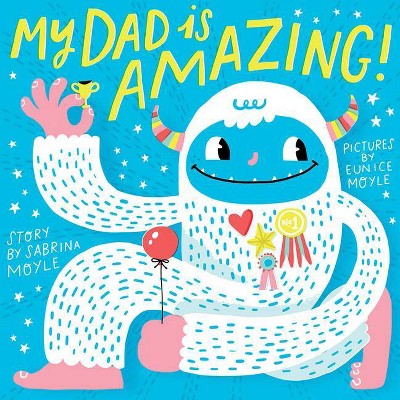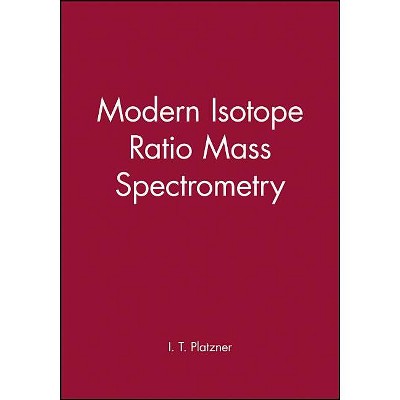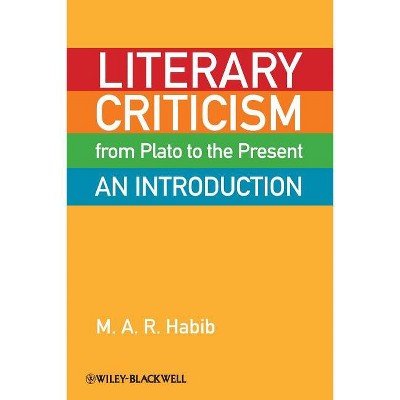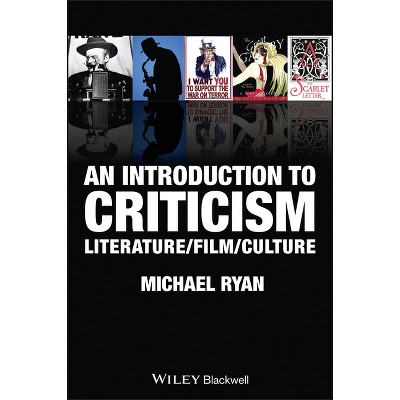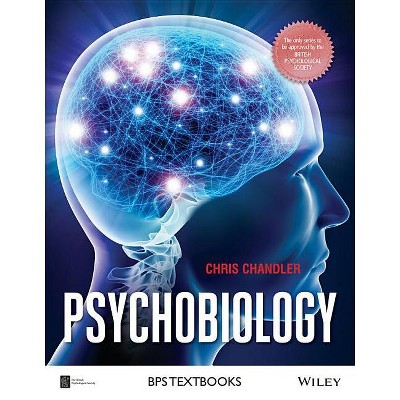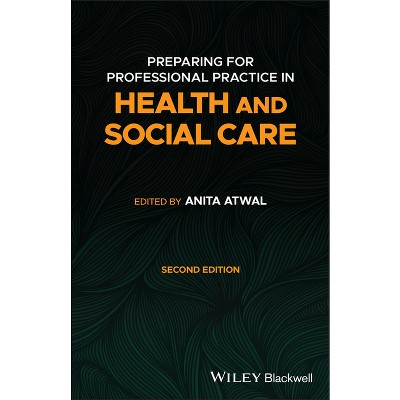About this item
Highlights
- Not only an accessible hands-on guide to writing criticism across the literary arts, the dramatic arts, and the narrative screen arts, but also a book that makes a case for how and why criticism matters today Doing Criticism: Across Literary and Screen Arts is a practical guide to engaging actively and productively with a critical object, whether a film, a novel, or a play.
- About the Author: James Chandler is William K. Ogden Distinguished Service Professor in the Departments of English and Cinema & Media Studies at the University of Chicago, USA.
- 320 Pages
- Literary Criticism, General
Description
Book Synopsis
Not only an accessible hands-on guide to writing criticism across the literary arts, the dramatic arts, and the narrative screen arts, but also a book that makes a case for how and why criticism matters today
Doing Criticism: Across Literary and Screen Arts is a practical guide to engaging actively and productively with a critical object, whether a film, a novel, or a play. Going beyond the study of lyric poetry and literature to include motion picture and dramatic arts, this unique text provides specific advice on how to best write criticism while offering concrete illustrations of what it looks like on the page.
Divided into two parts, the book first presents an up-to-date account of the state of criticism in both Anglo-American and Continental contexts--describing both the longstanding mission and the changing functions of criticism over the centuries and discussing critical issues that bridge the literary and screen arts in the contemporary world. The second part of the book features a variety of case studies of criticism across media, including works by canonical authors such as Jane Austen, Charles Dickens, and W. B. Yeats; films such as Coppola's The Conversation and Hitchcock's Vertigo; screen adaptations of Mary Shelley's Frankenstein and Ishiguro's The Remains of the Day; and a concluding chapter on several of Spike Lee's film "joints" that brings several of the book's central concepts to bear on work of a single film auteur.
Helping students of literature and cinema write well about what they find in their reading and viewing, Doing Criticism: Across Literary and Screen Arts
- Discusses how the bridging of the literary arts and screen arts can help criticism flourish in the present day
- Illustrates how the doing of criticism is in practice a particular kind of writing
- Considers how to generalize the consequences of criticism beyond personal growth and gratification
- Addresses the ways the practice of criticism matters to the practice of the critical object
- Suggests that doing without criticism is not only unwise, but also perhaps impossible
- Features case studies organized under the rubrics of conversation, adaptation, genre, authorship and seriality
Doing Criticism: Across Literary and Screen Arts is an ideal text for students in introductory courses in criticism, literary studies, and film studies, as well as general readers with interest in the subject.
From the Back Cover
Not only an accessible, hands-on guide to reading and writing criticism across the literary, dramatic, and cinematic arts, but a book that makes a passionate case for how and why criticism matters today
In Doing Criticism: Across Literary and Screen Arts, renowned scholar James Chandler teaches readers how to engage actively and productively with a critical object, whether a poem, a novel, a film, a play, or a television series. Updating and broadening an older understanding of "practical criticism" for our own moment, Chandler shows students at all levels how to ask the right questions and how to pursue those questions effectively. This is an invaluable book that not only explains what makes criticism interesting and compelling but also offers concrete illustrations of what it looks like on the page. It argues that doing without criticism is not only unwise, but perhaps simply impossible.
Divided into two parts, Doing Criticism first traces the changing functions of criticism over time, reviewing the specific issues, forms, and practices that bridge the literary and screen arts and making a case for the essay form as a vital medium for criticism in both Anglo-American and Continental contexts. The second part of the book features a variety of case studies of criticism across media, including works by canonical authors such as Jane Austen, Maria Edgeworth, Charles Dickens, W. B. Yeats, and Seamus Heaney; films such as Coppola's The Conversation, Hitchcock's Vertigo, and Todd Haynes' Far from Heaven; screen adaptations of Mary Shelley's Frankenstein and Ishiguro's The Remains of the Day, as well as Patricia Rozema's Mansfield Park. A concluding chapter on filmmaker Spike Lee brings several of the book's central concepts to bear on work of a single auteur.
Designed to help students write well and make sophisticated arguments, Doing Criticism:
- Describes how the bridging of certain arts can help criticism flourish in the present day
- Shows how criticism can become in practice a particular kind of writing
- Considers how to generalize the consequences of criticism beyond personal growth and gratification
- Addresses the ways the practice of criticism matters to the practice of the arts
- Demonstrates a mode of "relational criticism" to supplement attention to individual works
- Features original critical essays under five "relational" rubrics: conversation, adaptation, genre, authorship, and seriality
Doing Criticism: Across Literary and Screen Arts is an ideal text for students in introductory courses in criticism, literary studies, and film studies, as well as general readers with interest in the subject.
About the Author
James Chandler is William K. Ogden Distinguished Service Professor in the Departments of English and Cinema & Media Studies at the University of Chicago, USA. He has written widely about Romanticism, British and Irish literature since the early Enlightenment, American cinema, and the relationship of literary criticism to film criticism. He is the author of several books including England in 1819 and An Archaeology of Sympathy: The Sentimental Mode in Literature and Cinema.


